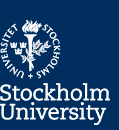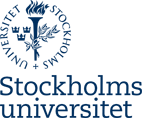The former includes battery materials, solid-state lighting systems, topological insulators, porous materials, ceramics, and glasses, while the latter focuses on liquid crystals, lipid membranes, interactions of biomolecules with surfaces, and nanoparticles. These investigations are primarily targeting materials for applications in the fields of health and energy.
Furthermore, the research field includes a broad range of approaches, from intermolecular interactions and their manifestations in the condensed systems to practical consequences in industry and medicine. The most important methods used and developed for these studies are solid state NMR spectroscopy, computational modelling, electron microscopy and spectroscopy.
Physical chemistry generally has a strong links between experiments and theory with the research focusing on structures, order and dynamics. The methodological development of these techniques are also a significant part of the research, and PhD students are trained with these tools. There are about 10 students associated with the PhD program in Physical Chemistry.





